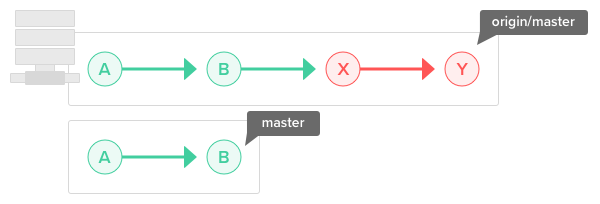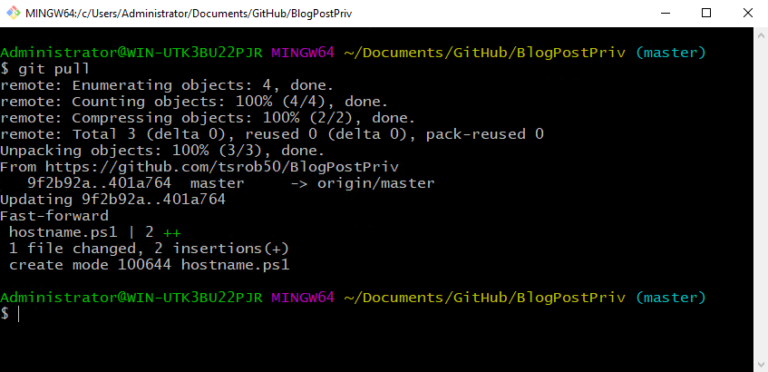

For example, even if you have a branch named branch_name in remote, you may get the error "branch does not exist" when you enter the following command. Can't checkout without remote information.īased on the explanation so far, let's explain the details of the meaning of the first command.Īs explained so far, if the remote information is not local or in the remote tracking branch, then there is no local information, and you cannot check out. If the remote branch is updated when you do a fetch operation, it will be updated automatically. On the other hand, if this remote tracking branch is not local, there is no way to reference the remote branch from local, so you cannot checkout. In other words, it's like a bookmark that shows where the branch was pointing when you connected to the remote repository. This "remote tracking branch" is a referenced pointer that holds the state of the remote branch. Specifically, a "remote tracking branch" is created when you refer to a remote branch locally. So, what is the process of copying a branch to local? So, instead of writing directly to remote, you need to copy the branch to local. It is important to note that the remote branch cannot be manipulated directly. Remote branches cannot be written directly And the branch in the remote is called the "remote branch" in Git. Therefore, any repository that is outside of your local area on the Internet is remote. Now that we've covered the specifics, what is a git remote anyway? A Git remote is the same Git repository external to you because Git is a distributed version control system, there is no "central" repository that is correct, and the same Git repository is maintained in multiple locations. This section explains the concept of a "remote branch" in Git, which is necessary to understand why the previous command works. By selecting only branch_name, you can create locally. Note here that the branch name specified in this one-liner is not a tracking branch like origin/branch_name, but only branch_name. Checkout the local branch that was created.Create a local branch with the same branch name as the remote branch.Create a remote branch tracking branch (such as origin/branch_name).If you have difficulty understanding the following, please refer to the following sections for further explanation. Using this command, you can perform the following three operations simultaneously. (*Only modern Git version 1.6.6 or later is supported, so it may not work with older versions of Git) git fetch & git checkout That's easy! In the following command, should be the name of the remote branch you want to checkout. In conclusion, the only command to checkout a remote branch is the following.

It also introduces some useful commands for handling remote branches in addition to checkout.
#GIT PULL REMOTE BRANCH UPDATES HOW TO#
Conclusionīy following the steps outlined in this blog post, you can easily pull changes from a remote branch into your local repository.This article explains how to checkout a remote branch of Git and its detailed mechanism. You’ve successfully pulled the changes from the remote branch into your local repository. Replace `remote-branch` with the name of the branch on the remote repository that you want to pull in.

Finally, use the `git merge` command to merge the changes from the remote branch with your local branch: Replace `my-branch` with the name of the local branch that corresponds to the remote branch you want to pull in.ĥ.

After fetching, use the `git checkout` command to switch to the branch you want to update: If you have a different remote repository, replace `origin` with the correct name.Ĥ. The `origin` is the default remote repository that Git uses when you clone a repository. Use the `git fetch` command to retrieve the most recent changes from the remote repository: Navigate to the local repository where you want to pull in the changes from a remote branch.ģ. Start by opening the command terminal on your computer.Ģ. To pull from a remote branch in Git, you need to follow these steps:ġ.
#GIT PULL REMOTE BRANCH UPDATES UPDATE#
We’ll cover how to use `git fetch`, `git checkout` and `git merge` commands in order to update your local repository with the latest changes from a remote branch. Are you looking for an easy way to pull changes from a remote branch into your local repository? In this blog post, we’ll walk through the steps needed to do just that.


 0 kommentar(er)
0 kommentar(er)
